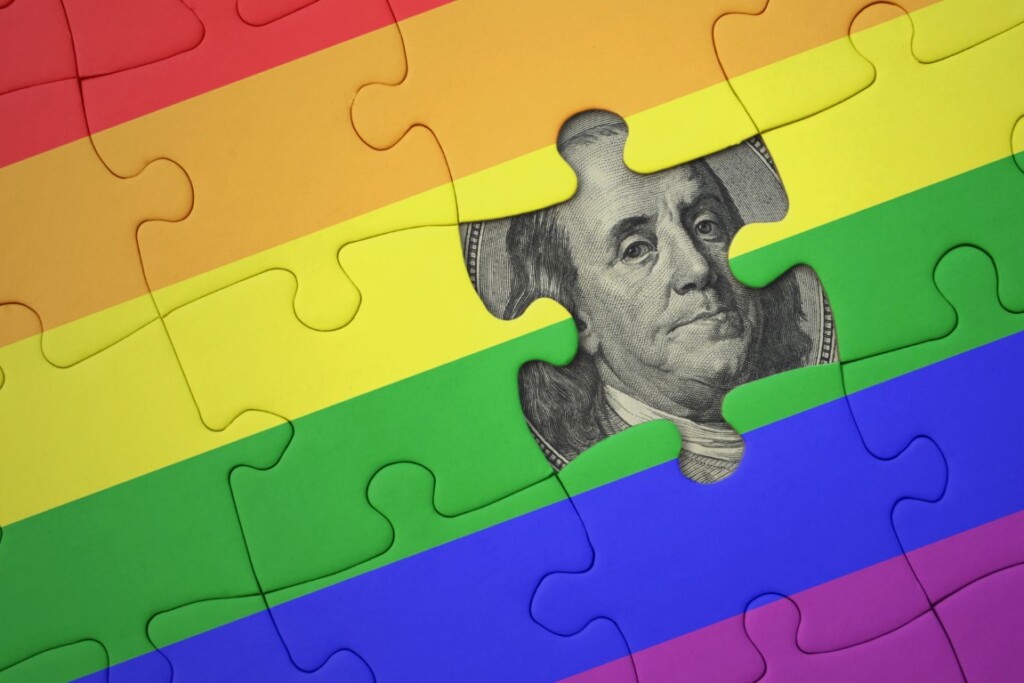
FINANCIAL SPOTLIGHT
By William “Bill” Kapfer
I was taken aback when I came across an article touting the pink dollar as a newly prominent economic force, a testament to the LGBTQ+ community’s purchasing power. It made me pause and ask out loud, “Really?”
The economic clout of the queer community has been a topic of conversation since the 1990s. To me, this is far from a new revelation.
The gay consumer demographic isn’t just a footnote in economic history; it has been a powerful player across travel, entertainment, fashion, and technology sectors for years.
Understanding the pink dollar goes beyond just acknowledging financial influence; it’s a recognition of how essential diversity and inclusion are to the fabric of a prosperous, vibrant economy.
To put it simply, the pink dollar represents the financial might of the LGBTQ+ community, and it’s something that savvy businesses and marketers have been paying attention to for a while now. For instance, Absolute Vodka began targeting this market in the early 1980s by placing ads in gay publications — a bold move that set them apart from their peers.
This particular consumer group is known for its strong brand loyalty, above-average disposable income, and willingness to spend on travel and high-end products.
It’s clear from research that LGBTQ+ individuals often choose to support companies that mirror their personal values, particularly those that stand for inclusivity and LGBTQ+ rights — that stand for freedom.
The impact of the pink dollar is especially palpable in the travel and tourism sector. Organizations such as the International Gay and Lesbian Travel Association, founded in 1983, have played a pivotal role in advocating for and promoting safe and equal LGBTQ+ travel experiences globally.
Statistics underscore that LGBTQ+ folks tend to travel more frequently and spend more money per trip than their heterosexual counterparts, contributing significantly to the global travel economy.
With the growing popularity of Pride events, LGBTQ+-friendly cruises, and travel packages, these have become more than just celebratory experiences — they’re also substantial economic contributors to the regions that celebrate and embrace diversity.
The reach of the pink dollar, however, goes far beyond economic metrics.
It’s about the message businesses send when they cater to the LGBTQ+ market. It’s a message of acceptance, of inclusion, that helps to chip away at prejudice, fight discrimination, and build a culture steeped in respect and mutual understanding.
I’m convinced that the pink dollar is more than just a current trend — it’s a significant and growing segment of our economy.
Gay consumers are not a niche to be sidelined; they’re movers and shakers, driving progress, setting trends, and igniting change across industries.
Companies that authentically embrace diversity and inclusion are poised to not only enjoy economic benefits but also to contribute to a more inclusive and equitable society — a kinder society that sees and honors the differences among us.
As the global economy evolves, the importance of the pink dollar only stands to grow, emphasizing the need for businesses to engage with the LGBTQ+ community in a meaningful and respectful manner.
Bill Kapfer




Leave A Comment